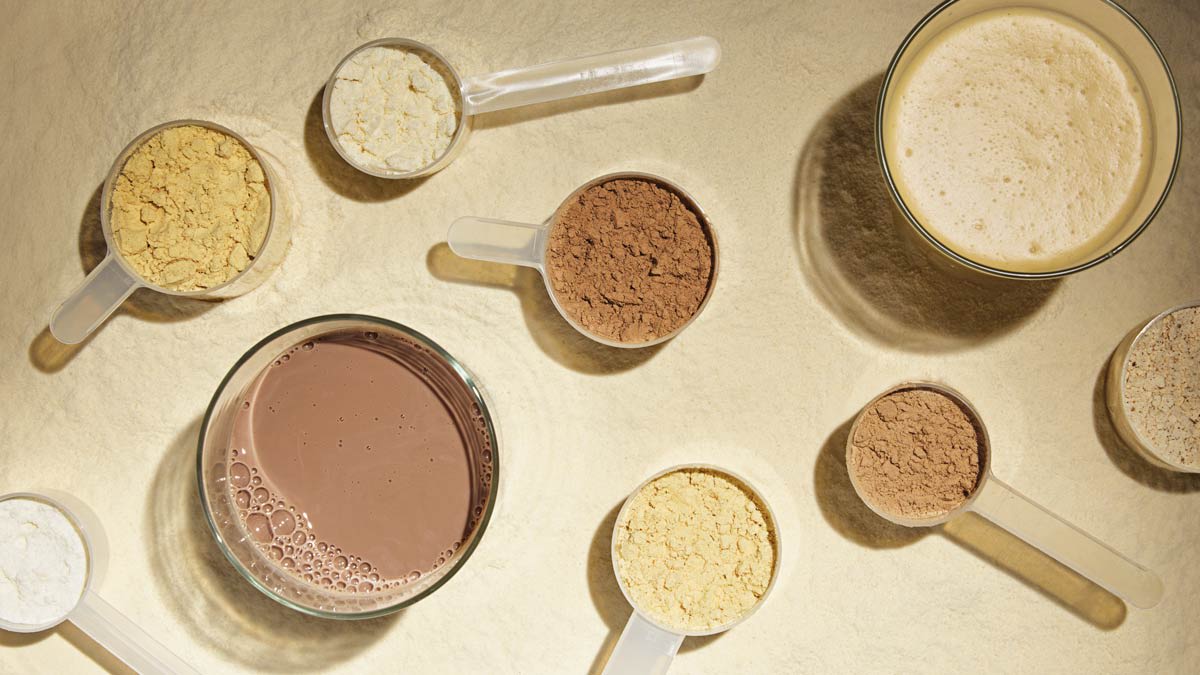- cross-posted to:
- [email protected]
- [email protected]
- cross-posted to:
- [email protected]
- [email protected]
This is a long and very thorough article. If you’re using any particular brand of protein supplements, it might be worth searching the text for the name to catch all the relevant discussion (the measurements, whether the company is responding, etc.)
How difficult is it to test this stuff? At a certain point it has to be treated like botulism toxin in the product, with crackdowns if it doesn’t stop.
Dang. I really loved owyn’s drinks. Huel is surprising, especially the lack of response. Now I wonder what their meal replacements test at, I was nearly living off those at one point
My partner has been downing those things for months.
I have a Garden of Life powder so I did a little digging and the powder I have and the Garden of Life powder tested in this report are both NSF certified. I trust NSF way more than I trust CR when it comes to contaminant levels, NSF is trusted by multiple countries for their public health standards. Also the “level of concern” used by CR is not the max level of safe consumption, it’s the minimum level to trigger a Prop 65 warning. Some agencies use 8.8 ug, the NSF used 10 ug, which are about ~15-20 times the 0.5 ug used by CR. This is also from one round of testing, NSF does yearly audits and re-tests products regularly to keep their NSF certification.
https://www.nsf.org/nutrition-wellness/product-and-ingredient-certification
That being said, it is healthier to get your protein from whole foods than from powders and most people wildly overestimate how much protein they actually need.




